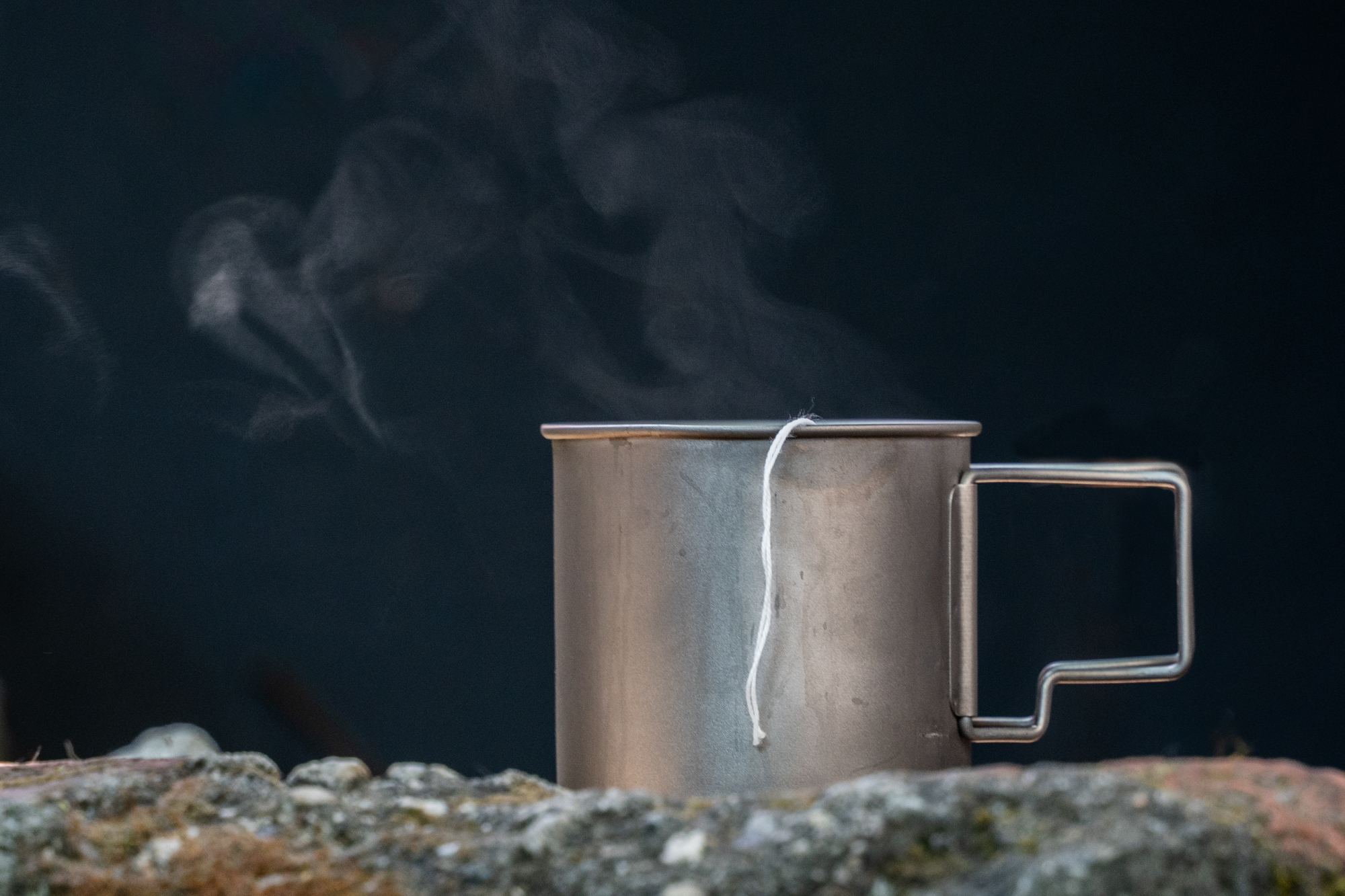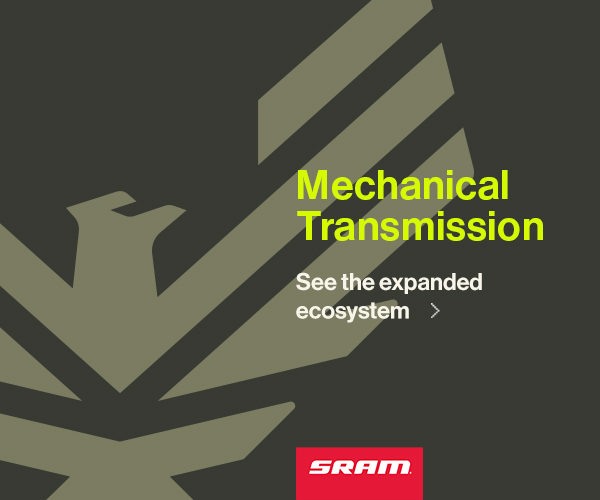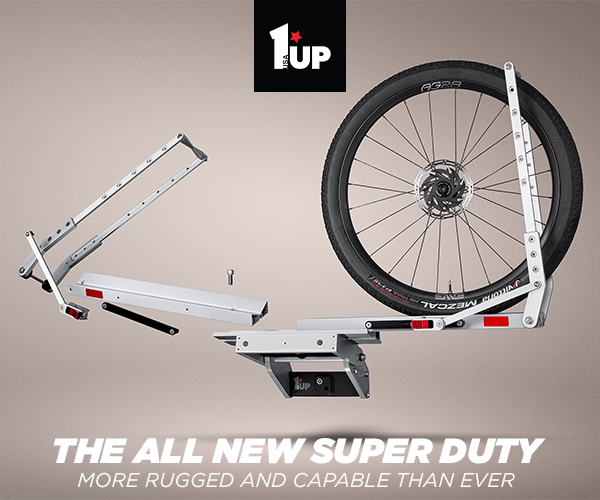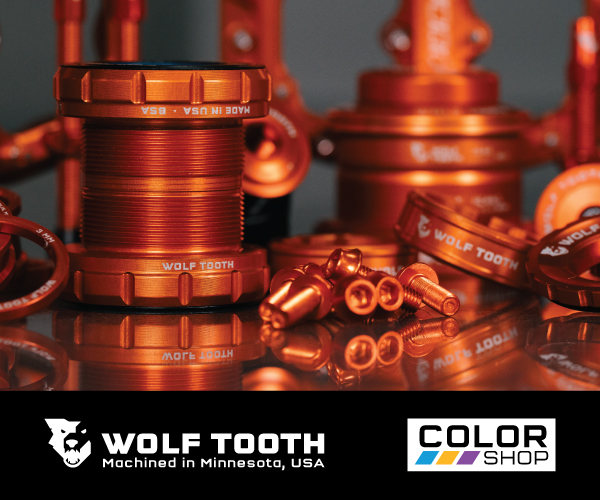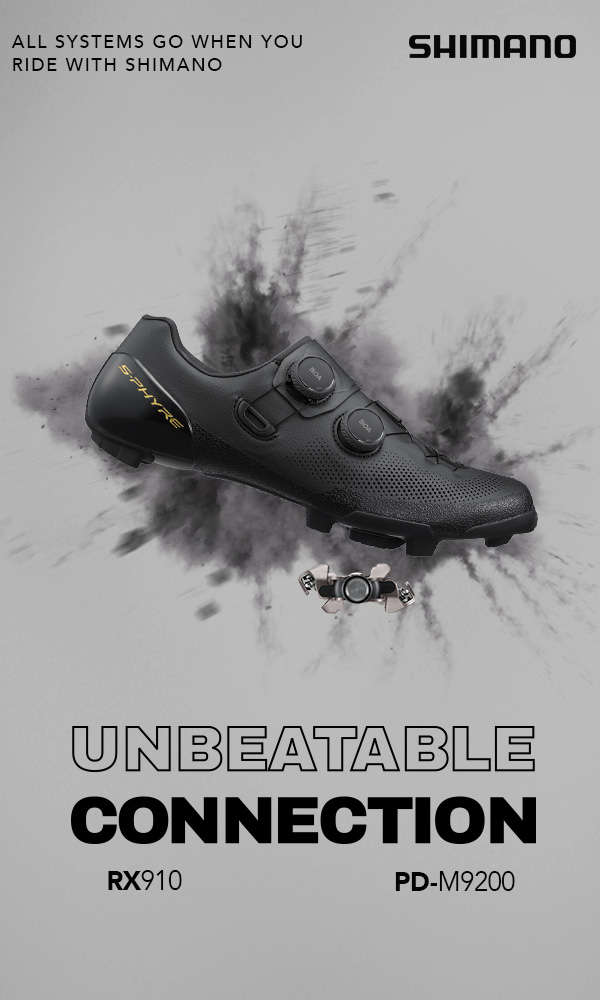There’s no shortage of coffee coverage here at The Radavist. We counted 70 articles tagged with the word, “coffee,” and Travis just added one more. Using Tea bags to brew his coffee helped make his cooking kit simpler, smaller, and lighter. But he has a heavy heart now that he doesn’t need to dangle a mug on his saddlebag.
After spending eight hours in a tent to get three hours of sleep, the promise of good coffee may be the only thing that gets me up in the morning. But I’m not about to add a Mokka pot or hand grinder to my kit. I already carry too much stuff. So, I went on the instant-coffee kick for a while. Our collab with Roly-Poly gave me a taste of the simple life, but I found it was missing something. Maybe it was the ritual of slowly drawing the flavor from the grounds. Or maybe it was the flavor itself. I like what I like, and my morning cup has been the same since 2020. Shout out to Ruby Coffee Roasters, and RIP to Cafe Vita, Los Angeles.

So, I usually use a basic pourover system. It was fine until recently, when I got serious about lightening my bikepacking loadout. My cook kit hasn’t changed for over a decade. This two-piece 450ml aluminum pot holds a 110g isobutane canister, MSR Pocket Rocket, and collapsible pourover dripper. The pot tucks in below my sleeping pad and next to my tent, while my steel mug dangles proudly behind my rear bag. Compared to the Coleman stoves I grew up with, this setup felt like the future. But it’s definitely not optimized. I rarely use the pot’s two-piece functionality, and I only bring a mug because I need something for the pourover to pour over. That means I’m carrying three metal containers when I theoretically only need one.



Of course, had my original kit included a lighter pot and lighter mug, the weight savings of my minimalist redesign wouldn’t have been nearly as dramatic. But it still wouldn’t have been as compact and self-contained. This fits perfectly into a hard-to-use corner of my frame bag. I just had to figure out how it could brew coffee.


I thought about the Final Press, a sort of drop-in French press. Or the JoGo, a straw with a coffee filter at the tip. But the Final Press is another bulky piece of metal that weighs over 100 grams, and the JoGo isn’t really how I want to experience my coffee. So, I bought a pack of 100 empty tea bags for $5.

There are a lot of different sizes and types of refillable tea bags, but these are just about the same as what you’d find in a box of Celestial Seasonings Sleepytime. They’re just empty, and with a cute little drawstring at the top. There are plenty of coffee companies selling pre-filled bags, but their individual packaging adds bulk, and the freshness is suspect. It’s especially suspect if I’m buying them ten at a time, which might take me a couple months to get through. Refillable is compact, scalable, and I can stick to my brand.

The quantity of grounds is pretty standard. I use 20 grams per 400ml of coffee, which conveniently, is about one heaping sporkful. And mechanically, the process works just like brewing tea. One company making pre-packaged coffee bags suggests 15 seconds of “dipping,” followed by 5-plus minutes of steeping. But I’m doing this from scratch. I couldn’t find any bona-fide coffee experts who have weighed in on grind consistency. Technically, it’s an immersion brew, like a French press or AeroPress. Most sources say a coarser grind is better for a French press since the steeping time is relatively long, and the wire mesh filter isn’t as fine as paper. An AeroPress is meant for a medium grind because of its shorter steeping time and finer paper filter. I figured I’d split the difference.
I started with medium-coarse grind (#22 on my Encore burr grinder) followed by a five-minute brew and a gentle squeeze to get the last couple drops. The resulting taste profile was familiar. It was definitely my coffee, but it was a tad watery. So, I went to a medium grind (#17 on the Encore) and a six-minute brew time, and it was pretty perfect. Side-by-side with my home drip brewer, I might say the taste isn’t as “full,” but when I tried a finer grind and even longer steep, it got kinda muddy. So, it’s a good compromise. And of course, I’m not drinking it side-by-side with my home brewer. I’m drinking it in the middle of nowhere, and we all know how that will plus-up any dish. Or mug.

Beyond just providing the taste I was looking for, this system has been pretty easy to integrate into my regimen. I can comfortably fit ten tea bags into a little plastic Ziplock, which is always ready to go. And I just weigh out the coffee for each event, knowing the grind is never more than a few days old. If need be, I can re-supply on the road just like I could when I was doing pour-overs. Plus, it still offers that little bit of anticipation as I break down my sleep setup. Waiting six minutes for my coffee to be ready makes camp feel a bit more like home.


